

![[Previous]](go_prev.gif)
![[Next]](go_next.gif)
| The initial section of each class starts with a warm-up section to prepare muscles and joints for exercise. After the first few minutes the warm-up gradually incorporates... |
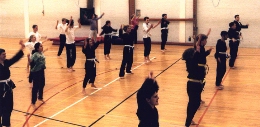
|
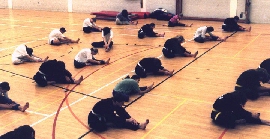
| ... stretching techniques to improve flexibility and make training safer. |
After the warm-up the session moves onto technique instruction.
Many of the
soo techniques
begin as escapes from grabs and hold, especially in the early
stages of training.
A lot of them finish in a `control position', often on the
floor.
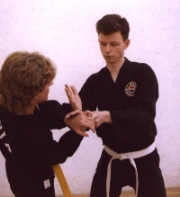
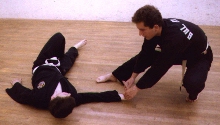
|
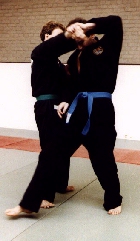
|
|
If persuasion fails and escape is unfeasible then
one must resort to striking to repel an attacker.
Our syllabus
includes a wide repertoire of striking methods, stressing in particular
powerful
kicking
and
vital point
targetting.
The striking sections of the syllabus are also very effective at building
fitness and power.
|
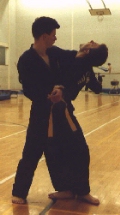
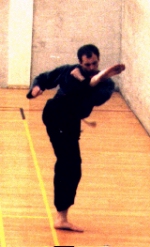
|
| We consider safety during practise to be of paramount importance, so before allowing members to use throwing techniques we ensure they're trained in proper breakfalling skills. |
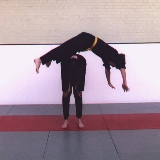
|
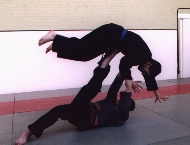
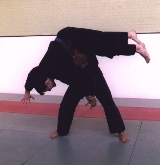
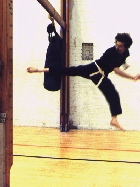
| Sparring is carried out on a light-contact basis (we don't believe in the sort of practises responsible for brain damage in boxers), however it's vital to learn how it feels to hit something and we use a variety of bag techniques for this. |
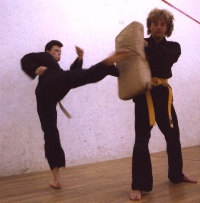
|
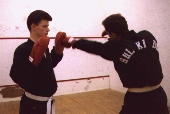
|
| The striking component of our syllabus includes very powerful techniques, and breaking graduated thicknesses of wood can be used to assess their power. |
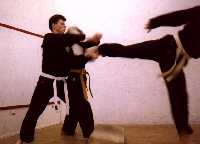
|
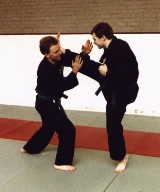
| Joint locking is the art of positioning oneself to maximise leverage against an opponent and thus immobilize or disable them. |
| We teach knowledge of the nerve and pressure points within the human body which make it possible to overcome a stronger assailant. |
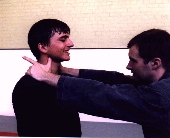
|
